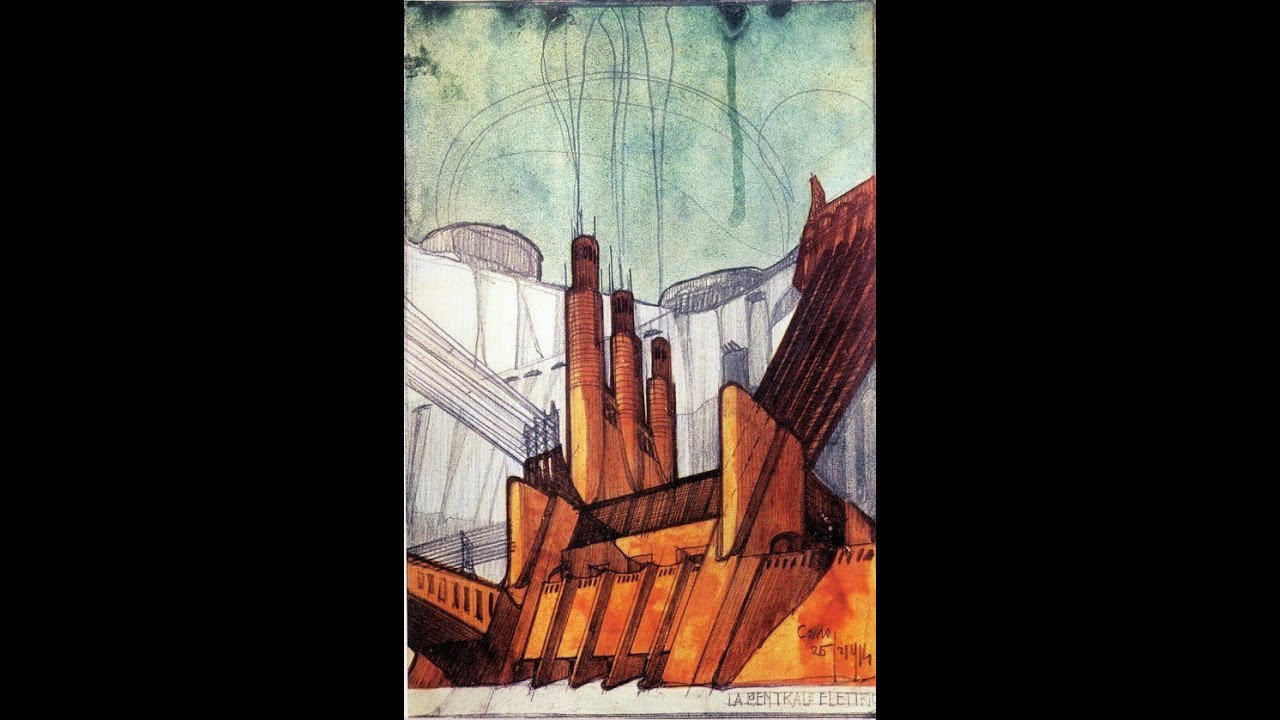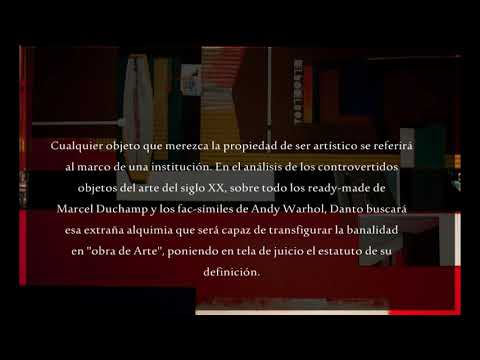Mr. Putler Gollum
Antonio Sant’Elia, Guido Fiorini, Piero Portaluppi, Toni Garnier, Virgilio Marchi, Mario Chiattone, Tony Garnier etc.
Futurist architecture is an early-20th century form of architecture born in Italy, characterized by strong chromaticism, long dynamic lines, suggesting speed, motion, urgency and lyricism: it was a part of Futurism, an artistic movement founded by the poet Filippo Tommaso Marinetti, who produced its first manifesto, the Manifesto of Futurism, in 1909. The movement attracted not only poets, musicians, and artists (such as Umberto Boccioni, Giacomo Balla, Fortunato Depero, and Enrico Prampolini) but also a number of architects. A cult of the Machine Age and even a glorification of war and violence were among the themes of the Futurists (several prominent futurists were killed after volunteering to fight in World War I). The latter group included the architect Antonio Sant’Elia, who, though building little, translated the futurist vision into an urban form.
In 1912, three years after Marinetti’s Futurist Manifesto, Antonio Sant’Elia and Mario Chiattone take part to the Nuove Tendenze[3] exhibition in Milano. In 1914 the group presented their first exposition with a “Message” by Sant’Elia, that later, with the contribution of Filippo Tommaso Marinetti, became the Manifesto dell’Architettura Futurista (“Manifesto of Futurist Architecture”). Also Boccioni unofficially worked on a similar manifesto, but Marinetti preferred Sant’Elia’s paper.
Later in 1920, another manifesto was written by Virgilio Marchi, Manifesto dell’Architettura Futurista–Dinamica (“Manifesto of Dynamic Instinctive Dramatic Futurist Architecture”). Ottorino Aloisio worked in the style established by Marchi, one example being his Casa del Fascio in Asti.
Another futurist manifesto related to architecture is the Manifesto dell’Arte Sacra Futurista (“Manifesto of Sacred Futurist Art”) by Fillia (Luigi Colombo)[2] and Filippo Tommaso Marinetti, published in 1931. On 27 January 1934 it was the turn of the Manifesto of Aerial Architecture by Marinetti, Angiolo Mazzoni and Mino Somenzi.[2] Mazzoni had publicly adhered to futurism only the year before. In this paper the Lingotto factory by Giacomo Matté-Trucco is defined as the first Futurist constructive invention. Mazzoni himself in those years worked on a building considered today a masterpiece[4] of futurist architecture, like the Heating plant and Main controls cabin at Santa Maria Novella railway station, in Florence.
Source




nice